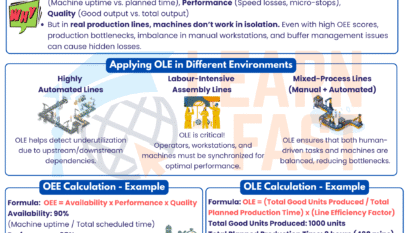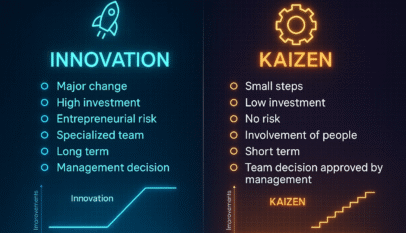Introduction
When it comes to managing health and safety, risk assessment is the foundation. The process involves identifying hazards, evaluating risks, and implementing safety measures. Here’s a helpful five-step guide to conducting a thorough risk assessment.
Step One: Spotting the Hazards
The journey to risk assessment begins with a keen eye for hazards. These could be physical, like unguarded machinery, chemical, hazardous substances, or psychological, including work-related stress. The key here is a thorough understanding of your workplace environment and its potential pitfalls.
Step Two: Understanding the Impacted
Once we’ve identified the potential hazards, we must understand who might be affected and in what ways. Could that piece of machinery harm the operator? Might a chemical substance be harmful to anyone nearby if it leaks? The next important milestone is recognizing the ‘who’ and ‘how’ of each hazard.
Step Three: Weighing the Risks and Deciding on Precautions
With a clear understanding of the hazards and their potential impacts, it’s time to evaluate the risks and decide on the necessary precautions. What safety procedures need to be in place? What protective equipment should be provided? Could a process be redesigned to make it safer? This step is all about transforming knowledge into action.
Step Four: Documenting Findings and Taking Action
Risk assessment isn’t just about identifying and evaluating – it’s about action. Once you’ve assessed the risks and decided on precautions, it’s time to document these findings and implement the identified safety measures. This record can be as simple as a document outlining the identified hazards, who they affect, the safety measures decided upon, and how they were executed. Remember, this documentation is not just a formality but living proof of your commitment to safety.
Step Five: Review and Update Regularly
Lastly, it’s important to remember that risk assessment is not a one-time process. It’s an ongoing journey that needs constant review and updating. When new equipment is introduced, procedures are changed, or if an accident or near miss occurs, it’s time to revisit your risk assessment. This final step ensures that your safety measures grow and evolve with your workplace, always staying one step ahead of potential hazards.
Conclusion
Creating a culture of safety and care involves more than just completing a checklist for risk assessment. By implementing these five steps, we can effectively promote safety and health in the workplace, ultimately leading to a safer and healthier environment for all. It’s important to note that the process of achieving safety is just as crucial as the end result.
To review the full paper, please visit this link
Risk Management Basics can be found here
















